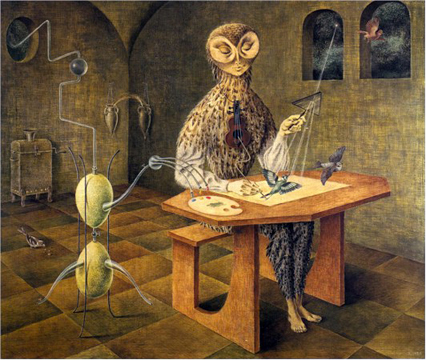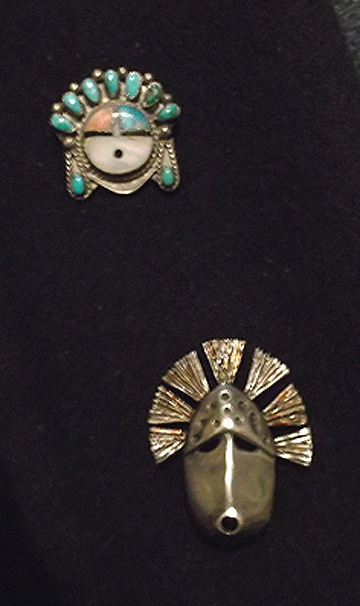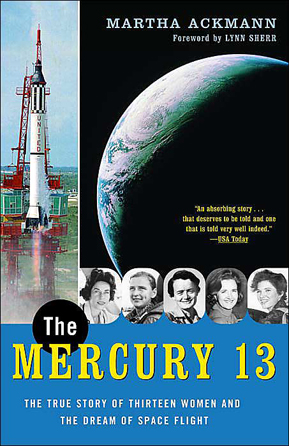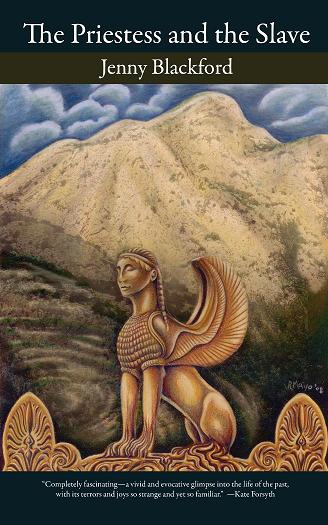 I was twelve years old in 1967, eager to start high school. One fine morning, April 21, I woke up and the radio was jammed with military band music and Hitleresque shrieks. The military junta that took over the country lasted for seven years of fear and terror. Civil liberties were suspended. Even more than before, women were denied basic rights and both arbitrary police actions and state-sponsored religion became intrusive. People were summarily arrested, tortured, exiled, killed — my uncle among them; censorship erased entire swaths of art and literature and the history we were taught in school was a parody of the truth. Informants stood ready to report any “illegal” utterance to the secret police.
I was twelve years old in 1967, eager to start high school. One fine morning, April 21, I woke up and the radio was jammed with military band music and Hitleresque shrieks. The military junta that took over the country lasted for seven years of fear and terror. Civil liberties were suspended. Even more than before, women were denied basic rights and both arbitrary police actions and state-sponsored religion became intrusive. People were summarily arrested, tortured, exiled, killed — my uncle among them; censorship erased entire swaths of art and literature and the history we were taught in school was a parody of the truth. Informants stood ready to report any “illegal” utterance to the secret police.
So I know firsthand what it is to be deprived of free speech, and some of what goes on under the “free speech” rubric in the Internet is not it. Lest I be misconstrued, I’m not talking of suppression of media and sites by governments or government-sponsored entities, but of the concept that uninhibited “self-expression” trumps all.
Freedom of speech is one of the supporting beams of democracy. How states treat their dissidents and gadflies (which include poets, playwrights, historians, journalists – and now bloggers) is a litmus test of their political system. Definitions of what constitutes protected speech differ even in democratic regimes. Generally, there are restrictions connected to questions of harm: hate speech and slander (more so in Europe), national security and right to privacy. Superimposed on that are the behavior codes of specific communities, from organizations to religious groups within a sovereign nation. Some of these shade into de facto censorship if there is no separation of secular and religious governance or if the government is insecure: blasphemy laws in nations plagued by fundamentalist resurgence, terrorist definitions in totalitarian governments (and the US, post-9/11).
Traditionally, problems with free speech have crowded at the suppression end. However, a different type of distortion is happening in the US – ironically, at the same time that its government has significantly curbed civil liberties. The US constitution is more sweeping and absolute in its establishment of free speech privileges. As a (perhaps inevitable) result, Americans often espouse bizarre versions of the First Amendment – the Second one as well, while we’re at it. The general credo seems to be not only that people can say whatever comes into their thalamus, especially online, but also that there should be no consequences for doing so. For people who equate criticism with censorship, free speech has become a fundamentalist religion without any context of relative power, balance or accountability.
Coupled to that is the issue of pseudo/anonymity on the Internet, invoked as a sanctum sanctorum when someone’s activities may affect their professional and/or personal life. However, what is crucial safety for the oppressed can become a license to hurt others with impunity for the oppressor. Abusers of reasonable systems are notorious for turning the rules against their real purpose on technicalities, daring their rule-abiding fellows to call them on their cynical manipulations. If they’re made to stop, they commonly employ false-equivalence arguments (example: “feminazi” – because asking to be treated as a human being is equivalent to invading and devastating most of Europe).
All of these facets have been recently come to the fore in two very different cases: the heroic, consequence-fraught stand of Malala Yousafzai, a 14-year old schoolgirl, against the Taliban and the colluding Pakistani government; and, in stark contrast, the trail of toxic slime left by Reddit “moderator” Michael Brutsch. I’ll deal with the latter first, so that this article doesn’t leave its readers with sewer stench in their brains.
Michael Brutsch, under the handle Violentacrez, spent all his waking hours setting up subreddit threads that specialized in violent misogyny and racism. Representative titles of his threads: creepshots, rapebait, chokeabitch, beatingwomen, picsofdeadkids, niggerjailbait, jewmerica. He and his followers posted pictures of underage girls and “upskirt/downblouse views” without their targets’ knowledge or consent and he bragged about receiving “consensual” oral sex from his teenage stepdaughter (according to him, his then-wife, the girl’s mother, “got mad, then got over it”). Reddit used Brutsch’s threads and the reactions to them to boost site traffic, gave him awards and special leeway – and met protests with the mantra “Free speech!” and the assertion that “If you step out of your house, you’re fair game.” Exactly what fundies and MRAs say about women, in harmonious patriarchal agreement.
In short, Brutsch was a inciter and enabler of predators who knew that his actions were harmful (and edging on the illegal) and who used his pseudonym as a shield to abuse at whim. However, when Adrian Chen of Gawker (itself of basement standards) unmasked him in standard investigative journalism mode, Reddit shrieked “violation of free speech rights” and “invasion of privacy” (clearly unclear on concepts). Then, this bastion of free speech banned Gawker. Brutsch himself feels that the only thing he did wrong was to get in Chen’s sights and is proud that his soon-to-be-a-Marine son is his devoted fan. I wonder how his son will behave as a soldier overseas – or as a lover and parent.
So let’s turn to a real free-speech hero: Malala Yousafzai, the namesake of the young warrior woman of Maiwand. Yousafzai lived in a world where Brutsch’s idea of women being chattels totally at the mercy of men is everyday reality: the Taliban-infested and US-drone-blanketed region of Swat in Pakistan. She was 11 when the Taliban overran her home region and established an autonomous fundamentalist theocracy essentially unopposed by the government. As is their wont, they blew up girls’ schools and suspended every right for women and girls, from going to school to receiving medical care.
Yousafzai started blogging at BBC Urdu about her experiences during this reign of terror under the handle Gul Makai (Cornflower). Her real name became known when the Pakistani military finally bestirred itself to partially clean up the Swat region, and a NY Times crew came to film her. Tellingly, her mother was “not allowed” to appear in the film and although we know exhaustive details about her father, we don’t even know her mother’s name. Yousafzai’s father supported her – if he hadn’t, she would obviously not know even how to read and write, which shows with whom the real power lies. After that, she appeared in many venues to advocate for female education and started winning national and international recognition and awards. The Taliban took notice as well, and Yousafzai started receiving death threats about her “dirty language” (see “feminazi”, above).
A week ago, several Taliban boarded Yousafzai’s school bus, asked the terrified schoolgirls to point her out and shot her three times, hitting her in the spine and head. Two classmates (like her mother, nameless) were collateral damage. Because she was well-known, the Pakistani government and media (even some imams, though not all) went into a frenzy of hand-wringing and suddenly she was in everyone’s prayers. Of course, prayers take no effort or expense; keeping schools open and ensuring that girls can attend them do. The Taliban, echoing Brutsch, said that their only regret was that Yousafzai somehow survived – and that should she recover, they’ll try again till they succeed.
The last thing Yousafzai needs is prayers, especially from the mealy-mouthed hypocrites who let this happen while they could have prevented it. What she needs is world-class medical attention and after that, a life free of fear and coercion. She is now in a UK hospital that specializes in wounds like hers, but it’s still unclear whether she will recover and to what extent. A bright light is wavering and may go out, because men who are convinced they’re entitled to treat women like cattle or furniture felt threatened.
Malala Yousafzai, like Shamsia Husseini (who continued going to school after having acid thrown at her face), happened to be noticed by the West. Countless others, especially women and girls, have done similarly brave things — and suffered similarly atrocious fates — while remaining unknown and without the (flimsy, transitory) support of global media. This is the free speech that must be protected: schoolgirls who say “We will educate ourselves. We will win. They can’t defeat us!” while in real danger of violation, torture and death.
The young girls who thirst to acquire knowledge and yearn to be treated as human are wrong, of course. They have been brutally silenced before, and they will be again – and their torturers and killers will sleep soundly and die in their beds, having lived long, full, self-satisfied lives. But it’s better to go down fighting than live a life of degraded slavery, of enforced silence. Something that conscience-free manipulative scumbags like Brutsch, who never question why they deserve their entitlements, can’t even begin to understand.

Images: 1st, Malala Yousafzai (from Wikipedia, before repeated vandalism of the article forced its removal); 2nd, Pakistani schoolgirls (Credit: Ashfaq Yusufzai/IPS)












 We get attached to places and things. They define us as much as what’s inside our heads. We take handfuls of earth or tile fragments from our homes when we emigrate. We hold on to items of clothing that have become part of our bodies. We keep heirlooms, with their long stories of how they got made and handed down the generations. This knowledge is a major thread in the tapestry of civilization and in the definition of one’s self in a larger context. I had reason to think of this recently, when I lost something I loved.
We get attached to places and things. They define us as much as what’s inside our heads. We take handfuls of earth or tile fragments from our homes when we emigrate. We hold on to items of clothing that have become part of our bodies. We keep heirlooms, with their long stories of how they got made and handed down the generations. This knowledge is a major thread in the tapestry of civilization and in the definition of one’s self in a larger context. I had reason to think of this recently, when I lost something I loved. I decided to use sympathetic magic. After a search, I found a very different brooch, an antique Zuñi sunface made of silver, turquoise, coral, abalone and onyx. I put it on and willed someone to find mine, so that they would wear it as I wore this one, with its own long history and legacy of loving care.
I decided to use sympathetic magic. After a search, I found a very different brooch, an antique Zuñi sunface made of silver, turquoise, coral, abalone and onyx. I put it on and willed someone to find mine, so that they would wear it as I wore this one, with its own long history and legacy of loving care.


























